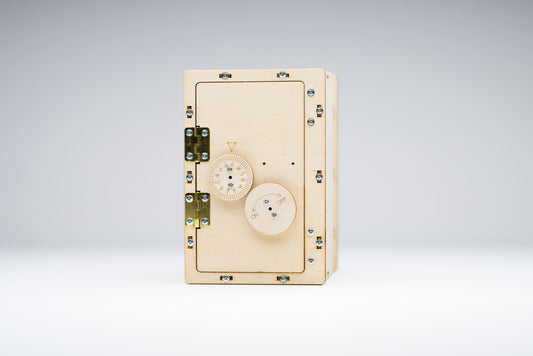Engaging children in STEM (Science, Technology, Engineering, Mathematics) activities at home is a fantastic way to foster curiosity and a love for learning. For parents looking to create enriching educational experiences, here are the top 10 easy and fun STEM experiments you can do at home with your kids, inspired by the ethos of Young Inventors.
1. Homemade Volcano
Materials Needed: Baking soda, vinegar, dish soap, food coloring, container Experiment: Create a chemical reaction by mixing baking soda and vinegar in a container. Add food coloring and dish soap for an extra colorful and bubbly eruption. This experiment teaches kids about chemical reactions in a fun and visually striking way.
2. Milk Magic
Materials Needed: Milk, food coloring, dish soap, cotton swabs Experiment: Pour milk into a shallow dish, add drops of different food coloring, and touch the surface with a cotton swab dipped in dish soap. Watch the colors explode and swirl, demonstrating surface tension and chemical reactions.
3. Build a Bridge
Materials Needed: Straws, tape, paper clips Experiment: Challenge your kids to build a bridge using straws and tape, then test its strength with paper clips or small toys. This experiment introduces basic engineering principles and encourages problem-solving skills.
4. DIY Sundial
Materials Needed: Stick or pencil, paper plate, markers Experiment: Place a stick upright in the center of a paper plate and mark the shadow's position at different times. This simple experiment teaches kids about the earth's rotation and timekeeping before modern clocks.
5. Crystal Growing
Materials Needed: Borax, water, pipe cleaners, string, a jar Experiment: Grow your own crystals by mixing borax with hot water and suspending a shaped pipe cleaner in the solution overnight. This experiment teaches kids about saturation and crystal formation.
6. Homemade Slime
Materials Needed: School glue, borax, water, food coloring Experiment: Create slime by mixing glue with a borax solution. This fun, tactile experiment demonstrates principles of chemistry and states of matter.
7. Lemon Battery
Materials Needed: Lemons, copper coins, zinc nails, wires, LED light or small bulb Experiment: Create a simple battery by inserting copper coins and zinc nails into lemons and connecting them with wires. This demonstrates basic principles of electricity and battery science.
8. Water Xylophone
Materials Needed: Glasses, water, food coloring, spoon Experiment: Fill glasses with varying levels of water, add food coloring, and gently tap them with a spoon to create different musical notes. This experiment teaches about sound waves and pitch.
9. Invisible Ink
Materials Needed: Lemon juice, paper, heat source (like a lamp or iron) Experiment: Write messages on paper using lemon juice, and then reveal them by gently heating the paper. This experiment teaches about acid/base reactions and the properties of different substances under heat.
10. Balloon Rocket
Materials Needed: Balloon, string, straw, tape Experiment: Thread a piece of string through a straw, tie the string between two objects, inflate a balloon, tape it to the straw, and let it go. This demonstrates Newton’s third law of motion in a fun and interactive way.
Conclusion
These experiments are not just about following instructions; they are gateways to discovering the wonders of science and technology. By engaging in these activities, parents and children can share memorable learning experiences that ignite a lifelong passion for STEM. And remember, for more such activities and resources, Young Inventors offers a variety of STEM-focused toys and subscription boxes that bring the excitement of scientific discovery right into your home.
Encourage your child’s exploration and creativity with these home-based STEM experiments. For more engaging and educational activities, visit Young Inventors and dive into the world of STEM learning.





